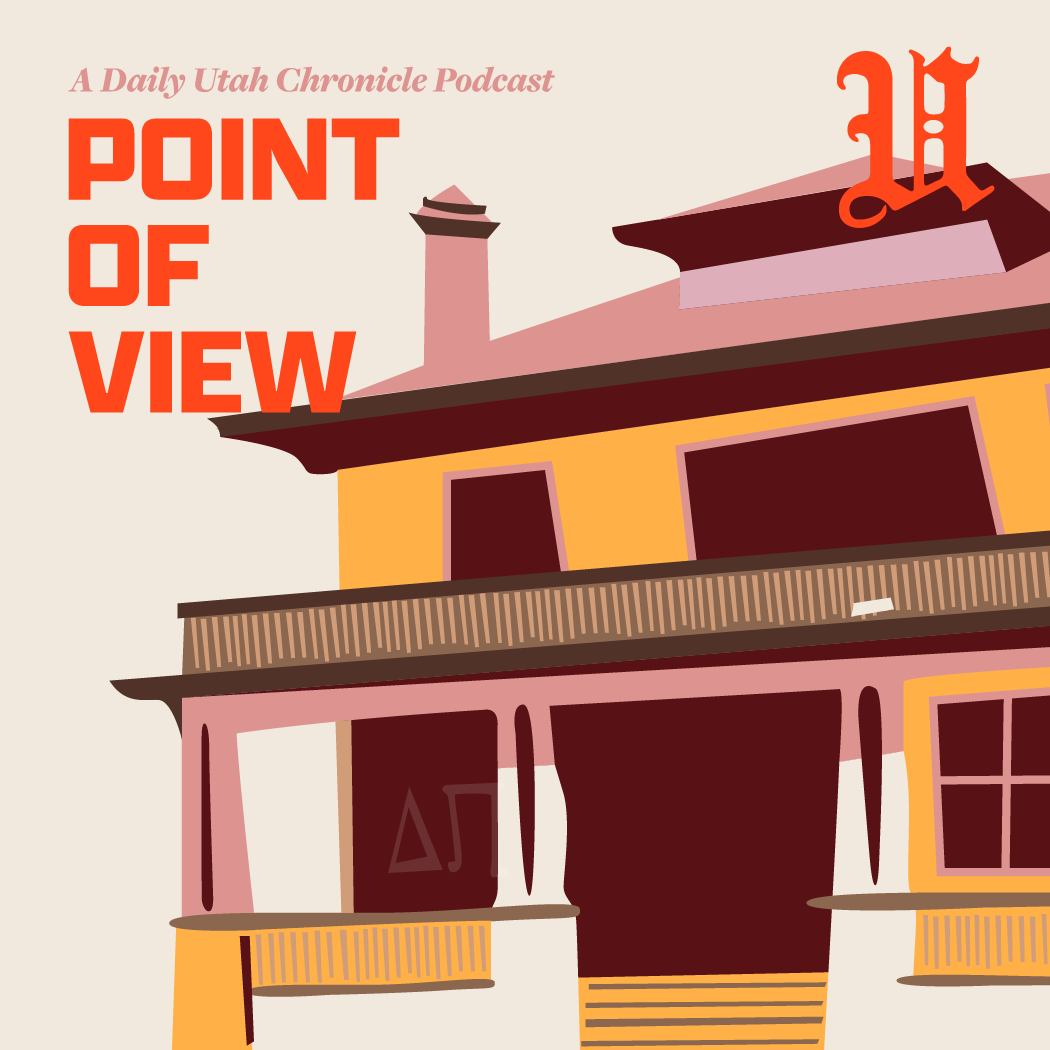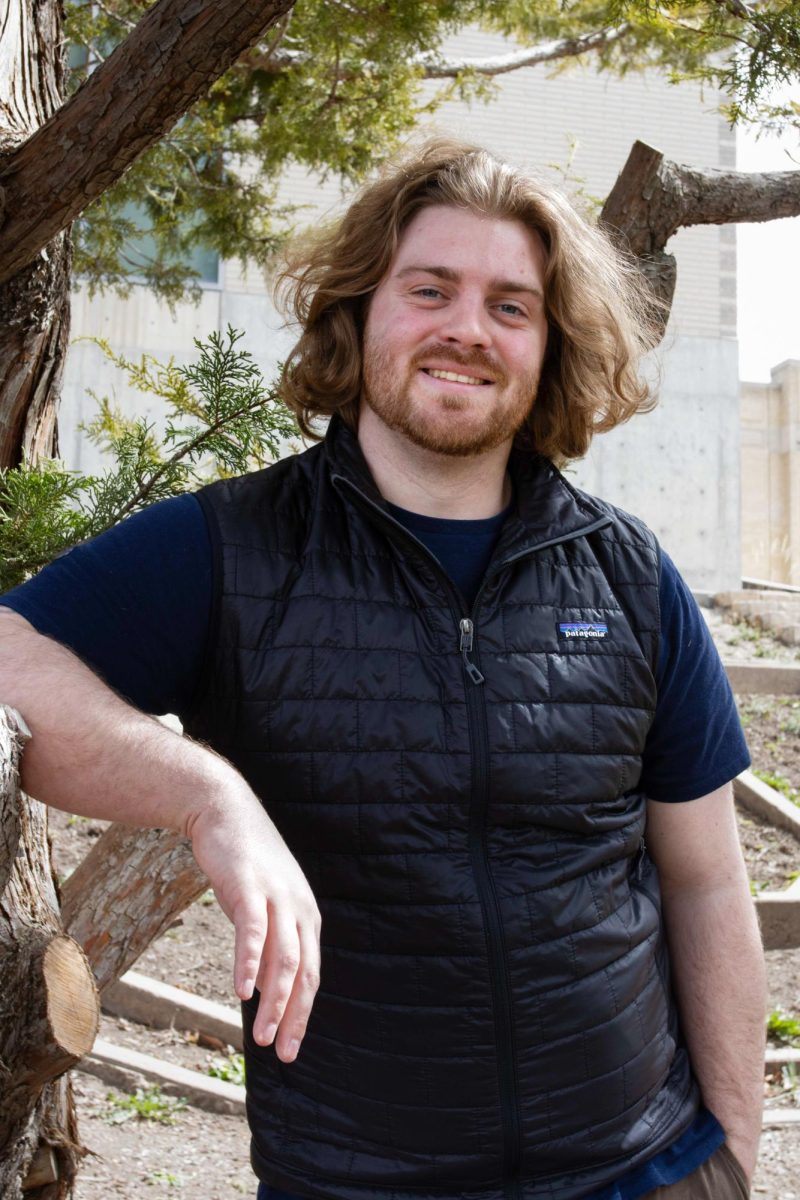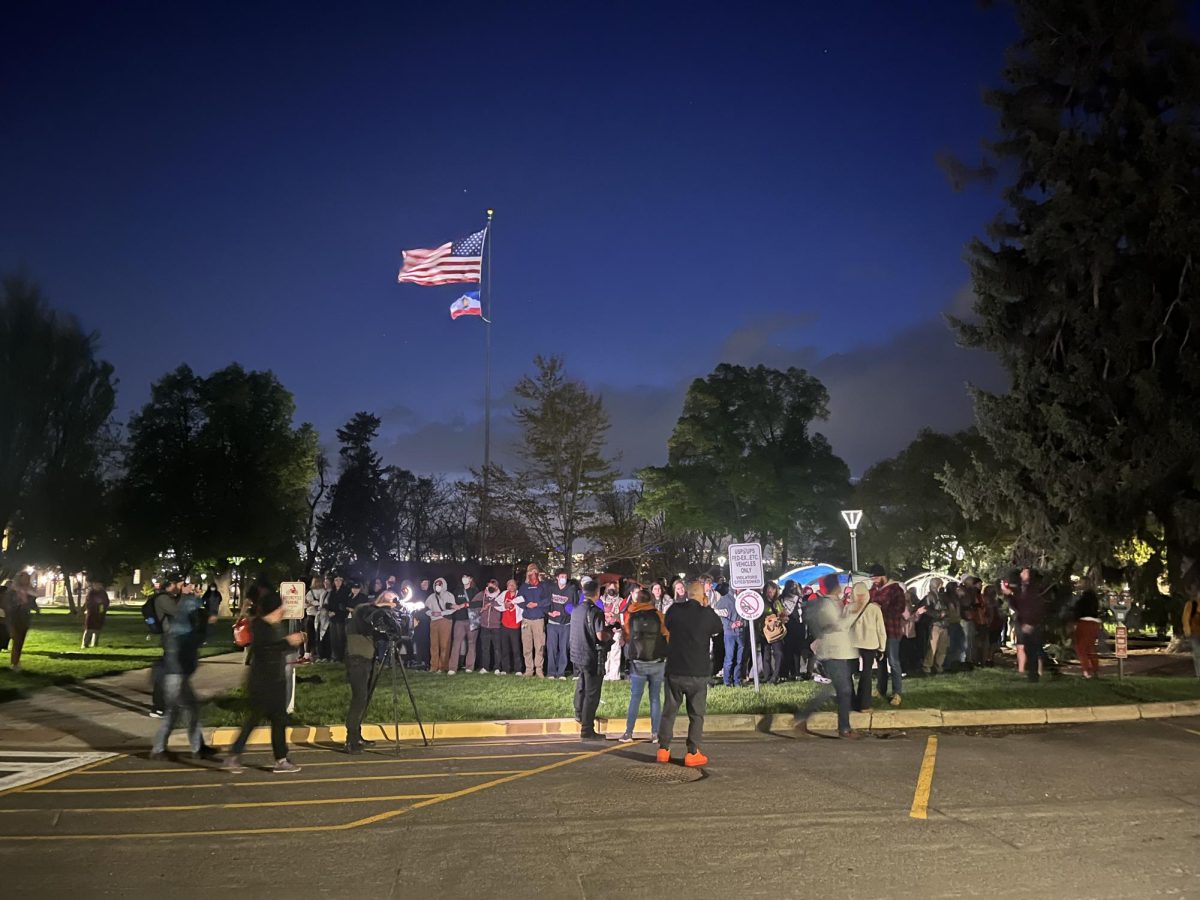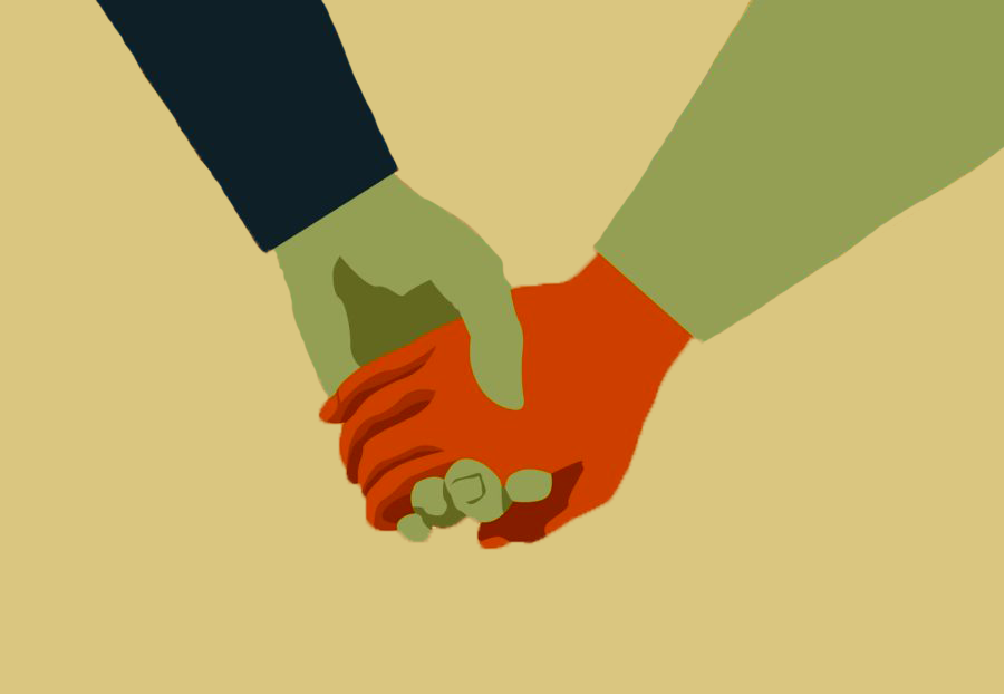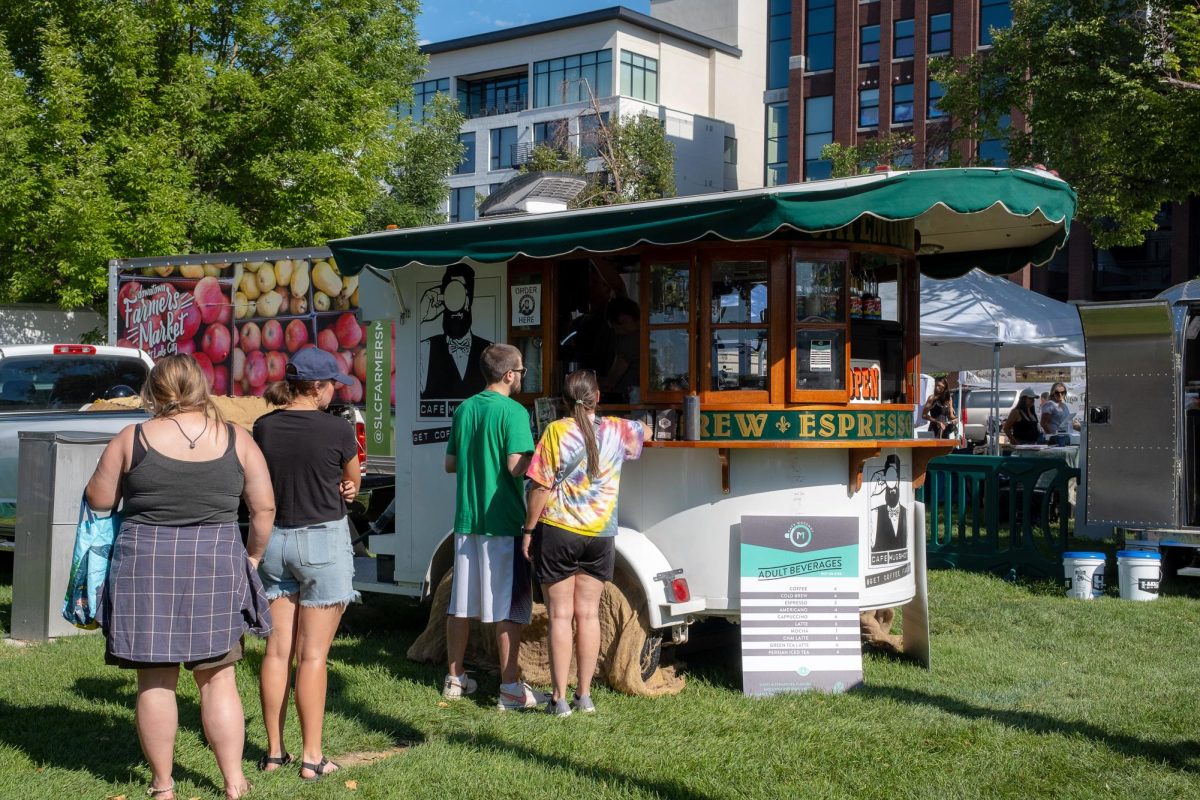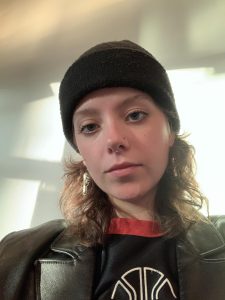With each popular local market I attend in Salt Lake City, I become more aware that virtually all the vendors are white men.
The Urban Flea Market in July was more diverse than many markets I’ve been to, but still seemed to primarily feature white people. As a community event, flea markets need to be more accessible for vendors who are marginalized, especially women of color. We must make room for these groups and support them at local markets.
History of the Flea Market
Immigrants started flea markets in the United States for opportunities otherwise unavailable to them. Decades later, flea markets became popular with the middle and upper classes. However, they used them for entertainment purposes rather than out of financial necessity. The media acclaimed these markets, while law enforcement targeted flea markets catering to immigrants, shutting them down. This has continued with Immigration and Customs Enforcement threatening to raid flea markets in recent years.
Vendors should understand the history of flea markets. They must defend the original purpose of flea markets, supporting the community and those that others try to push out.
At the Urban Flea Market, some vendors resold clothes at high prices, while other vendors’ items were affordable. Thrift gentrification is the practice of buying merchandise at thrift stores, then reselling it for higher prices. It makes the items less accessible to buyers and increases competition among vendors, completely missing the point of flea markets.
Demographics at Local Markets
Some vendors are working to make products accessible to the community. I spoke to 11-year-old Roma, who started a slime business called Little House Slimes with her mom, Lulu, in November. Lulu emphasized the importance of increasing accessibility to products sold at local markets, starting with their own. She explained that slime is a multi-sensory toy, with mental health benefits for anxiety and ADHD.
“My ultimate dream is to be successful enough that we can donate slime, that we can make slime more accessible, that we can be at markets that also serve the wider community and not just on the east side. To make sure that everybody gets slime, not just the people who can afford it,” she said.
We also need to make becoming a vendor more accessible. Roma noticed that markets like the Salt Lake Downtown Farmers Market are predominantly white.
“I do see more and more ethnic vendors popping up, which I think is great because I feel like we need more diversity,” Roma said. “We’re Latina. We feel very proud. Because you don’t really see a lot of people who are ethnic [minorities] starting businesses.”
I also spoke to Tavia Milburn, an African American vendor, who has a small business making and selling items like mugs and car accessories. Milburn said she can count on one or two hands the number of other African American vendors who have worked with her. According to Milburn, one of the biggest obstacles to vending is the expenses.
“Luckily for me, I usually make my money back and profit,” she said. “But for some, it’s hard to see because the base fee itself can be almost $200, and then you have to promote it, you have to get your inventory.”
Since it is expensive to start a small business, it’s more accessible for upper-class individuals. These people already have more privilege and are often white. As flea markets were made by and for marginalized groups, we should work to make them more accessible for these groups. We can start by promoting and supporting their work.
How the Market Should Be
Vendors “are the building blocks of any community,” Lulu said. We should focus on the community aspect of local markets, supporting each other rather than being competitive and focusing on making high profits.
Milburn said that she wants to see more marketing to different demographics.
“Coming from an African American background, none of my family members, older generations, had really heard about the markets,” she said. “So now I’ve kind of opened that door for my family and for other generations of my family.”
There are some flea markets specifically for people of color, women and queer people. Roma mentioned the Strength in Shades market, a Utah marketplace that supports small businesses owned by women and people of color. Salt Lake Mutual Aid also has similar community resources.
All Utah markets should take after these organizations, especially the Downtown Farmers Market and the Urban Flea Market. They must center their efforts around inclusivity and making space for diverse vendors, allowing them to find success and make connections. People who benefit from local markets must support and promote small businesses owned by women and people of color.




